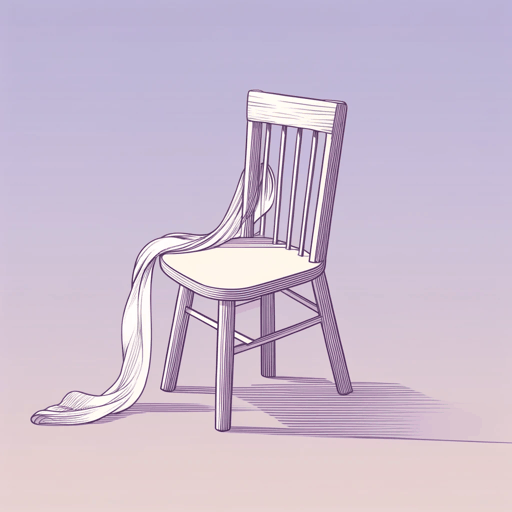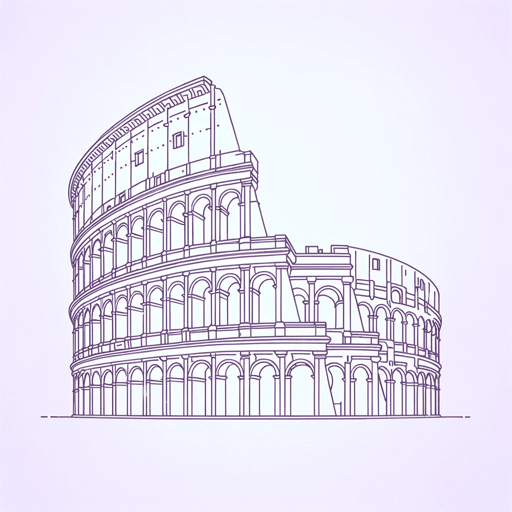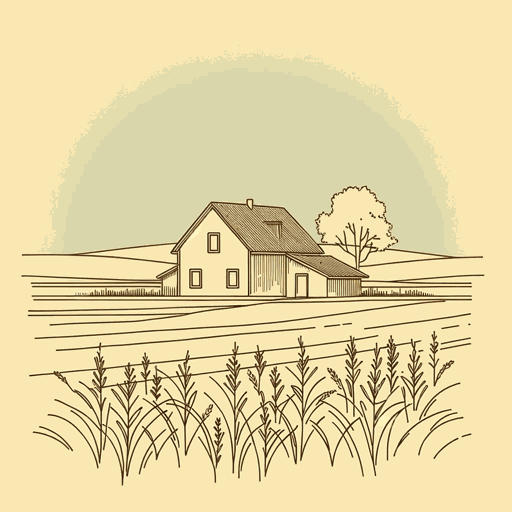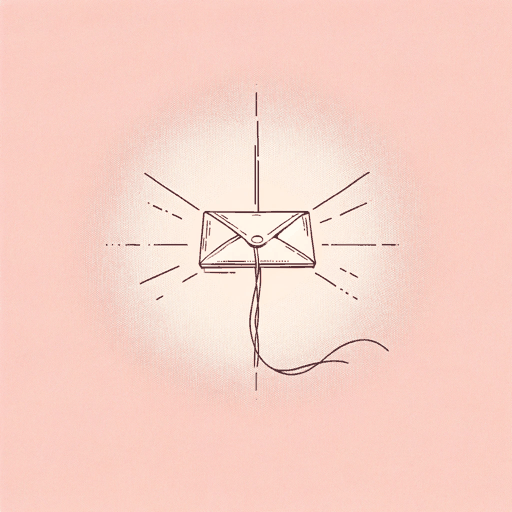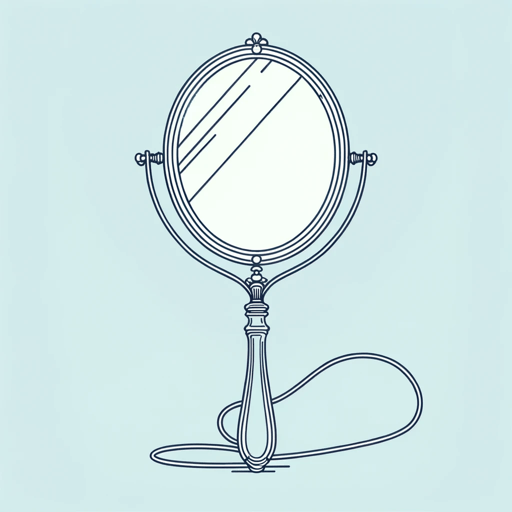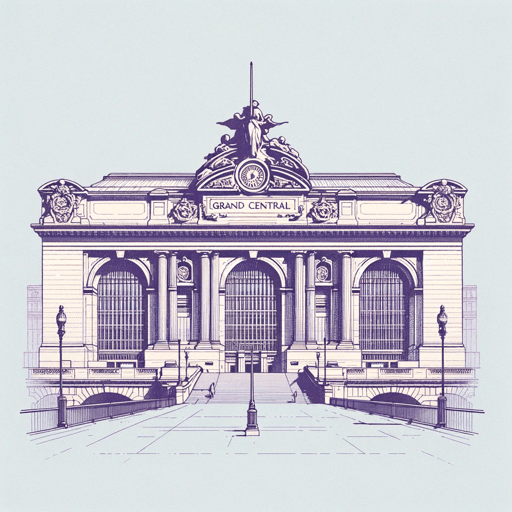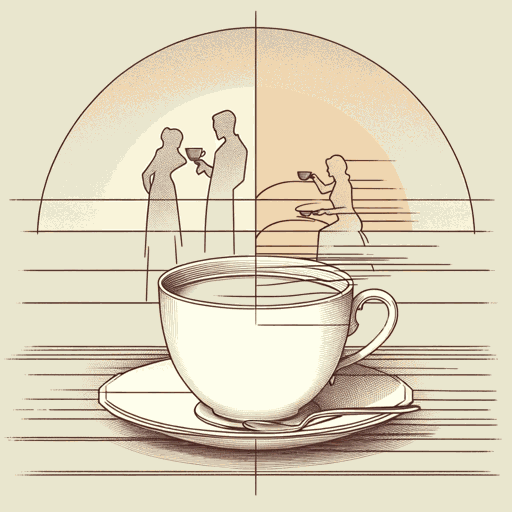79 pages • 2 hours read
Edith WhartonEthan Frome
Fiction | Novella | Adult | Published in 1911A modern alternative to SparkNotes and CliffsNotes, SuperSummary offers high-quality Study Guides with detailed chapter summaries and analysis of major themes, characters, and more. For select classroom titles, we also provide Teaching Guides with discussion and quiz questions to prompt student engagement.
Background
Literary Context
The rise of the novel as a major literary form was closely intertwined with 19th-century realism, an artistic movement that sought to depict human life and society as they actually are. Realist literature particularly avoided the Romantic era’s centering of subjective emotional experience, grounding itself instead in the Enlightenment era belief that humans could perceive and describe the world around them in accurate, objective terms. This would remain the dominant view in the United States and Europe until early-20th-century events—most notably World War I—gave rise to the more fractured and alienated perspective of Modernist literature.
However, changes in literature were evident even by the late 1800s. In some instances, this shifting meant challenging realism’s quasi-scientific bent, but in others, it involved doubling down on it. This was the case with naturalism, a subgenre of realism that examined human experience using the new scientific and sociological theories developed in the 19th and early 20th centuries—most notably Marxism, Darwinian natural selection, and Freudian psychoanalysis. The result was often pessimism regarding the possibility of human agency; whereas realist writers tended to depict characters as free individuals acting within a society, naturalist writers tended to depict human action as entirely determined by social and scientific forces.
Related Titles
By Edith Wharton
